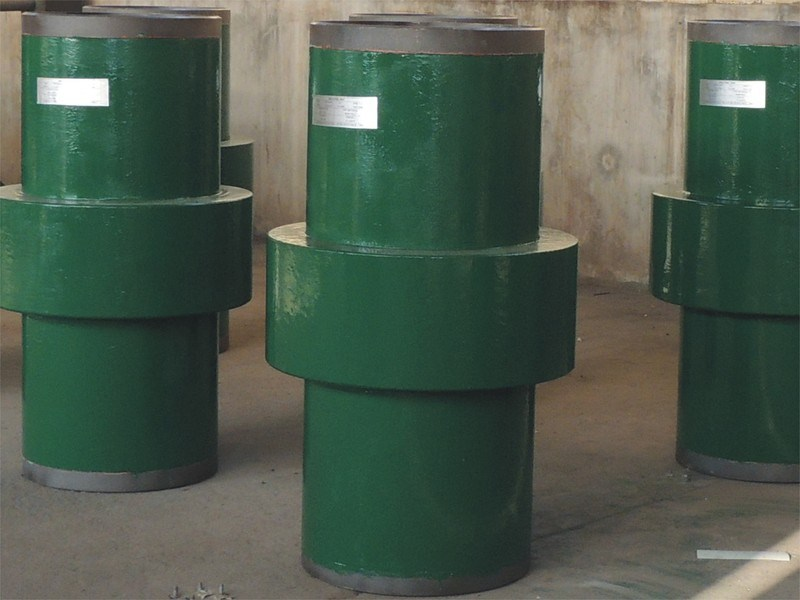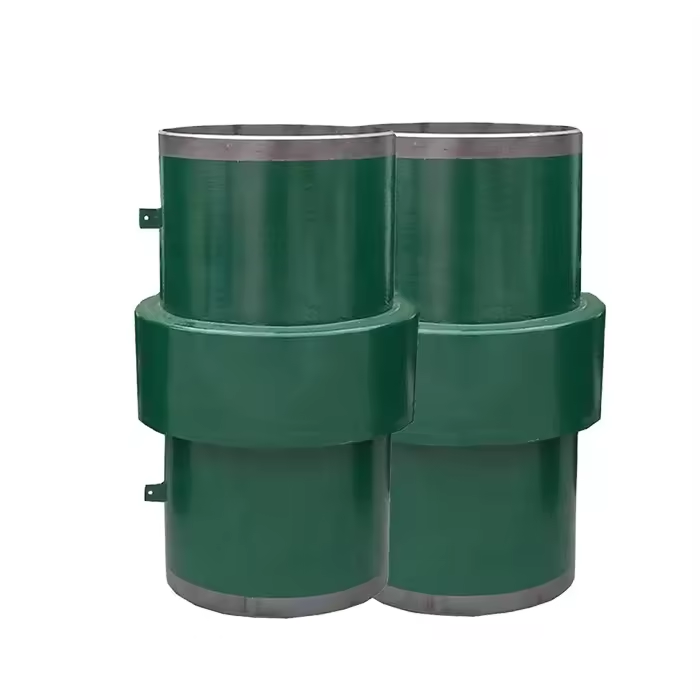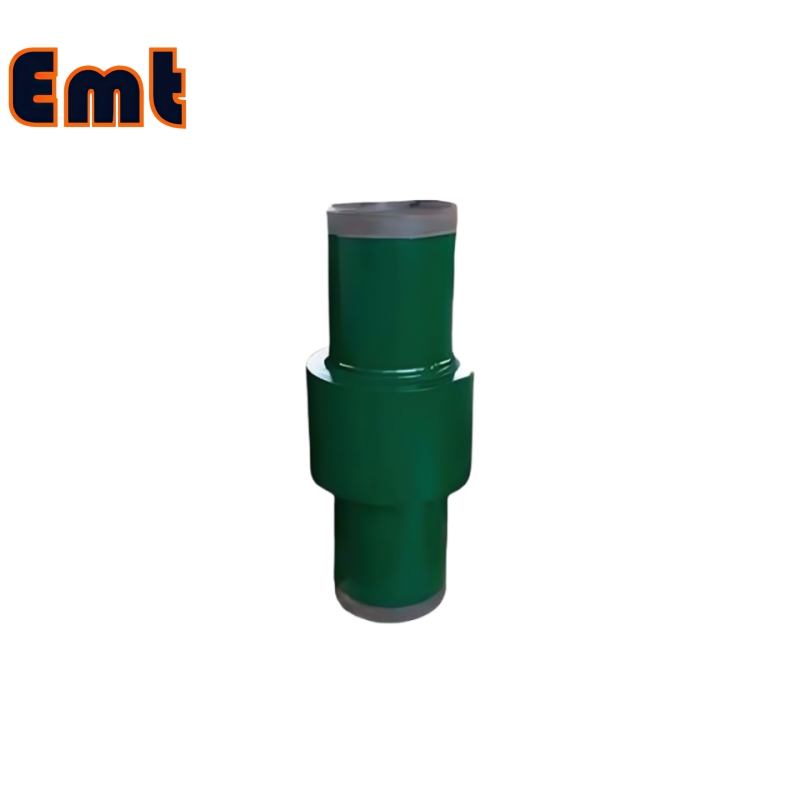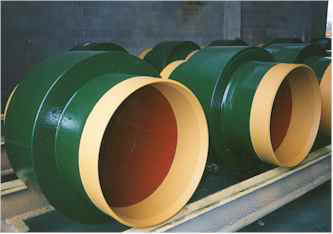Description
Monolithic Insulating Joints represent the pinnacle of specialized pipeline technology, delivering uncompromising electrical isolation while maintaining robust mechanical continuity. Engineered for cathodic protection (CP) systems in buried and subsea applications, these critical components block unwanted current transfer with >10MΩ resistance even under extreme pressures exceeding 10MPa. Through multi-layer construction featuring advanced dielectric materials – including PTFE composites, fiber-reinforced epoxy, and ceramic components – they create absolute electrical separation between pipeline segments.

Technical Performance
At the core of our monolithic insulating joints lies a revolutionary triple-layer prefabricated architecture that redefines reliability in pipeline isolation. This meticulously engineered system integrates three mission-critical components: precision-machined metal end pieces crafted from corrosion-resistant alloys, dielectric insulation modules employing aerospace-grade polymer composites, and military-spec sealing systems tested to extreme protocols. Each layer functions synergistically to create an impervious barrier against both electrical transmission and fluid leakage.
Our proprietary Metal-O-Ring-Insulator™ sealing technology represents a quantum leap in long-term performance. By fusing metallurgical bonding with advanced elastomer physics and dielectric engineering, this triple-seal configuration achieves zero measurable leakage across a 30-year service lifecycle – validated through accelerated aging tests simulating half a century of continuous operation. The system maintains perfect fluid containment even when subjected to 15,000+ pressure cycles from surge events or pressure fluctuations.

Rigorously certified to ISO 14692 standards, every joint undergoes destructive validation testing that far exceeds industry norms. We subject prototypes to catastrophic water hammer forces exceeding 150 bar instantaneous pressure spikes and seismic simulations replicating Magnitude 5.5 earthquake ground accelerations. Field-proven in Arctic pipelines at -65°C and desert installations at 120°C ambient temperatures, our joints deliver fail-safe performance where traditional solutions deteriorate. The monolithic construction eliminates creep-induced stress cracking while specialized anti-galling coatings on mating surfaces prevent micro-leak pathways from developing under thermal cycling.
This engineered resilience ensures uninterrupted operation in the world’s most punishing environments – from subsea installations at 3,000-meter depths to above-ground pipelines crossing seismic fault lines. When pipeline integrity demands absolute certainty, our triple-defense architecture provides the ultimate insurance against electrical continuity failure and containment loss.
Transformative Application Benefits:
-
Optimized Cathodic Protection: Isolate transmission pipelines from station networks with ≥90% current efficiency, concentrating protective current precisely where needed
-
Stray Current Elimination: Block 80% of corrosion-causing interference from railways and power grids
-
Explosion Prevention: ATEX/IECEx certified designs eliminate spark risks in pump stations and tank farms
-
Smart Monitoring: Integrated test points enable real-time DCVG surveys and SCADA integration
Industry-Leading Innovations:
We’ve revolutionized insulating joint technology with nano-engineered polymers that withstand temperatures from cryogenic -196°C to extreme 260°C conditions. Our monolithic welded housings (ASME B16.48 compliant) prevent hydrolytic failure while embedded RFID chips and micro-strain sensors provide continuous digital health monitoring. Installation efficiency has been transformed through pre-assembled press-fit systems that reduce field work by 70% with ±2N·m torque precision.
Proven Across Critical Sectors:
From LNG terminal export systems and pipeline block valve stations to urban gas gate installations and district heating networks, our solutions deliver failsafe isolation. They protect desalination plant membrane arrays and shield electrolysis facilities from stray currents. Wherever electrical separation ensures operational safety and asset longevity.
Precision Installation Protocol:
Success begins with ISO Sa2.5 surface preparation, followed by hydraulic torquing with calibrated equipment. Post-installation verification includes mandatory 5kV megger testing and non-metallic backfilling. Our maintenance program features quarterly insulation resistance monitoring and 5-year pressure integrity checks. Because insulation failure can accelerate corrosion rates 10-fold, we enforce strict API RP 686 compliance.



